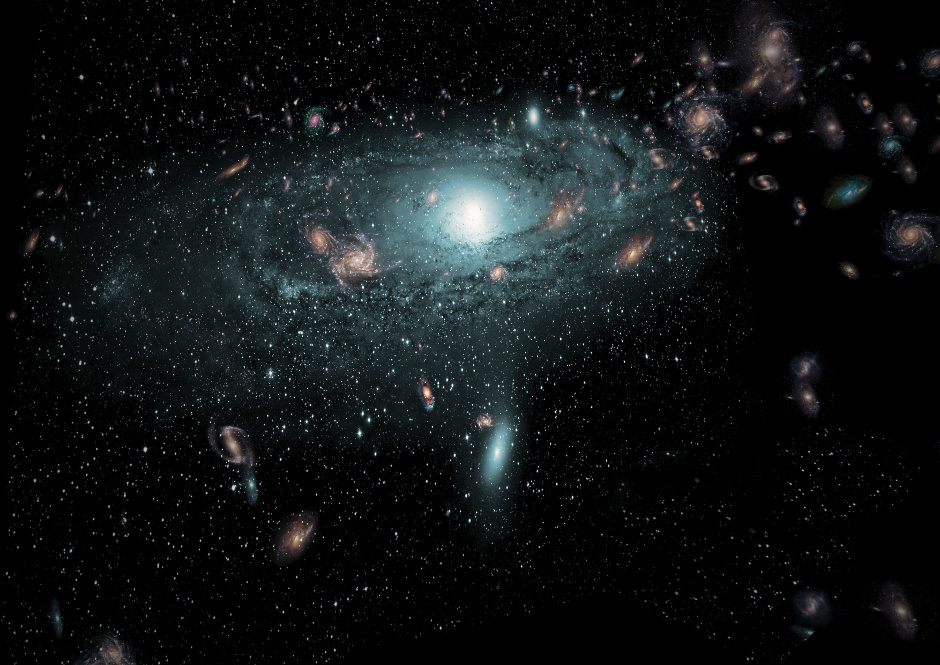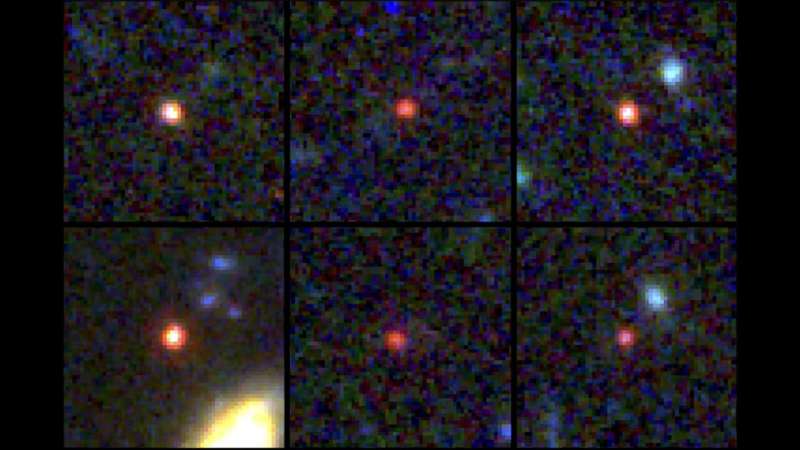A new study of the James Webb Space Telescope was a test for our ideas about the evolution of the Universe. At once, the six galaxies that we see shortly after the Big Bang turn out to be larger than the theory suggests.

James Webb and galaxies in the early Universe
A scientist from the University of Texas at Austin, working with the James Webb Space Telescope, recently published a paper in which he drew attention to the six galaxies that this orbital observatory saw in the early Universe.
All of them were too big for their age. We see these star systems from between 500 and 700 million years after the Big Bang. Despite this, they have a mass of more than 10 million solar masses. And one of them is about the same as the Milky Way today, after billions of years of evolution.
And all this poses a huge mystery to scientists, because the standard model of the development of the Universe does not imply such rapid growth. And this leads scientists to believe that it is we who do not understand about it.

The most radical theories go so far as to claim that immediately after the beginning, the universe has expanded faster than we think. But this will require the introduction of new forces into physics and, as a consequence, particles.
Other explanations
Less revolutionary explanations of what James Webb observes suggest that galaxies could grow to such a size and within the framework of the current model of evolution. However, for this they had to somehow turn 100 percent of the gas that was next to them into stars. This usually happens with only 10 percent of the material.
Although this situation is within the limits allowed by the current model, it will require additional explanations, which will still require fundamental changes in our ideas about the Universe.
But perhaps everything is explained even more simply. The distance that separates the galaxy from us is determined by its redshift, which occurs due to its rapid distance from us. But cosmic dust can also shift the lines in the spectrum to the red side.
If there is a lot of it in the described galaxies and the researchers do not notice it, then it could well push them further in time and space. But in fact, they are much closer to us and their masses are quite age-appropriate.
According to phys.org
Follow us on Twitter to get the most interesting space news in time
https://twitter.com/ust_magazine

